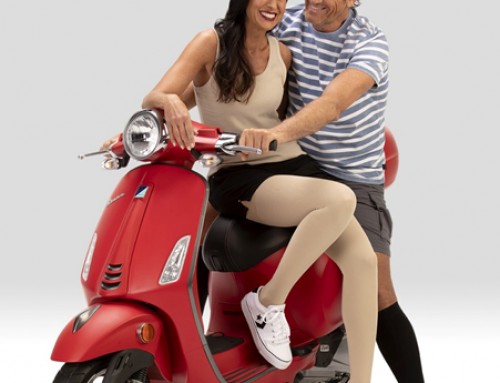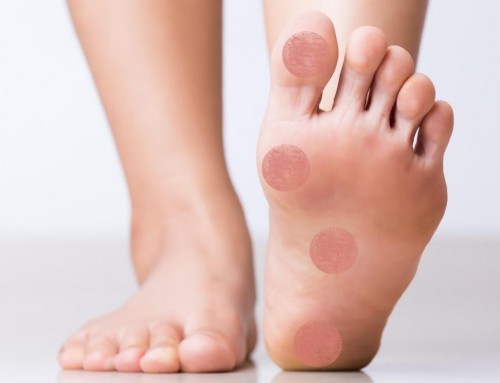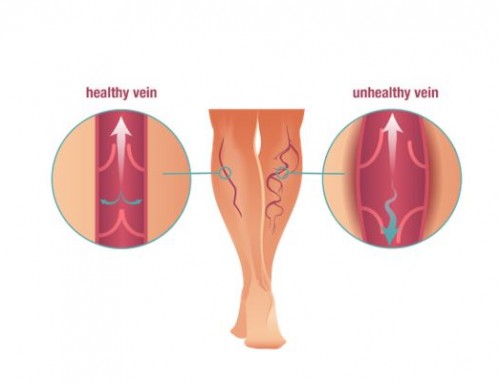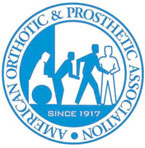Orthotics like glases
Think of custom orthotics like prescription glasses. Just as glasses compensate for vision deficiencies, orthotic devices can help compensate for lower limb or foot deficiencies or pain. Your orthotics should properly balance your feet and control your gait (the way you walk), they are made to support, provide stability, align your feet and body, reduce any stress or pain in feet, knees, and back.
There are different types of orthotics, from soft, semi-rigid to rigid, depending on your diagnosis. They are made of variety of materials, top cover options, thickness, modifications like heel spur pads, metatarsal pads, Morton’s extensions, etc. and postings to properly align your body. Your podiatrist or chiropodist will discuss and explain what needs to be added to your orthotics to help alleviate your pain and making sure that they will fit into your shoe. You should feel free to address any specific concerns to ensure your chiropodist can consider all available options and treatment plans.
Should I go to my family doctor or physician instead?
Although your doctor may be able to address your concerns, Chiropodists have very specific and comprehensive training in all aspects of the foot and can offer more options for individualized and effective treatment plans. Many family doctors refer their patients to chiropodists for routine diabetic and geriatric foot care, surgical procedures, and the provision of custom made foot orthotics and orthopedic footwear.
What foot conditions orthotics prescribed for?
They are often prescribed for people who have shin splints, tendinitis, and some other conditions. Some of the orthotics can be used for bunions, rheumatoid arthritis, and heel or arch pain, which may be caused by plantar fasciitis. If you have any type of foot pain, it is strongly recommended that you consult with a podiatrist or chiropodist who can determine if orthotics are right for you.
When orthotics to be worn?
You should ideally wear them whenever you are standing or active. The more you wear them, the less strain you are putting on your feet or the affected muscles, ligaments, bones, etc.
Generally, you should wear custom orthotics whenever possible, but there are times when it matters more than others. It is more important to wear your insoles when your feet will be working hard, standing for long periods, or exercising. It is less important to wear them when you are sitting for an extended time, like at your desk or in front of the TV.
Make sure you regularly visit your chiropodist for orthotics treatment near you to monitor your progress.
How often should orthotics to be changed?
Our doctors recommend having your orthotics evaluated yearly, to check on wear, and replaced every 3 years. For pediatric orthotics, patients should follow up every 6 months, to monitor their development, and have their orthotics replaced after they grow 2 shoe sizes.
Four signs that it may be time to replace your orthotics:
- You’re in pain. If you are beginning to experience the same discomfort you felt before you got your orthotics or if you’ve developed new pains in your feet, ankles, knees or back this is a strong indicator that your orthotic is no longer functioning as it should.
- You’re developing calluses or corns. Corns usually form because of friction between your foot and your footwear and calluses are a response to repetitive pressure to one spot. If this is happening with shoes that you’ve been using your orthotic with for a while, chances are the orthotic is wearing out.
- There’s visible damage. If you examine your orthotics and find places that appear thin and worn down, you find any cracks in the material or pieces have broken off – it’s time to get them replaced.
- You notice uneven wear on your shoes. Orthotics are designed to correct biomechanical issues with your feet. Shoes that are wearing more in one spot or on one side can mean that your feet are no longer properly aligned, and your weight is not being distributed evenly.
Custom made foot orthotics are an integral part of patient care in the management of foot pathologies and are used to improve gait and to alleviate pain and discomfort from abnormal foot function or structure.
Talk to your practitioner if you have any questions or concerns, or book an appointment with our chiropodist today!















